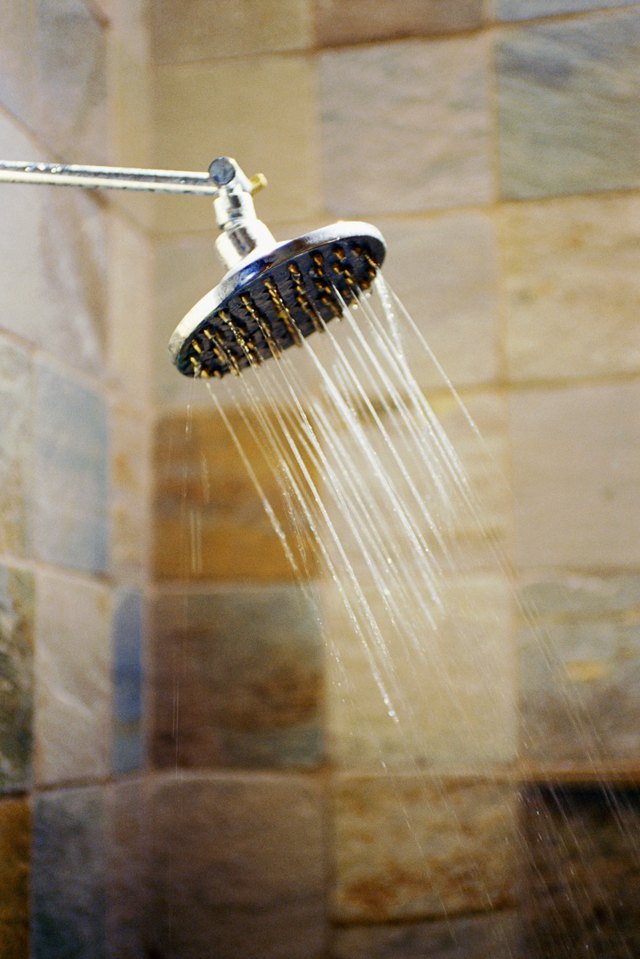Factors Causing Water Damage in the Bathroom
Factors Causing Water Damage in the Bathroom
Blog Article
What are your thoughts on How to Repair and Prevent Bathroom Water Damage??

Water damage typically occurs in the bathroom because of the water utilized day-to-day. In some cases, the damage could be a little mold from the shower. Other times, it's substantial damage on your floor. Whatever it is, it is constantly good to recognize the cause and avoid it prior to it takes place.
This overview will go through some of the common causes of water damage in the restroom. We will also analyze what you can do to stop these causes from damaging your bathroom. Allow's dive in.
These are the typical factors you would have water damage in your restrooms and how you can detect them:
Excess Wetness
It's trendy to have that long shower and sprinkle water while you hem and haw and also act like you're executing, however in some cases these acts could trigger water damage to your restroom.
Sprinkling water around can trigger water to visit corners and create molds. Enjoy how you spread excess moisture around, and also when you do it, clean it up to prevent damage.
Cracks in your wall surface ceramic tiles
Bathroom wall tiles have actually been specifically made for that objective. They secure the wall surface from wetness from individuals taking showers. However, they are not undestroyable.
In some cases, your washroom wall floor tiles crack and also allow some wetness to seep into the wall surface. This could possibly destroy the wall if you do not take any type of action. If you observe a fracture on your wall floor tiles, fix it quickly. Do not wait until it ruins your wall surface.
Overflowing toilets as well as sinks
As humans, often we make mistakes that might create some water damage in the restroom. As an example, leaving your sink tap on can cause overruning and damage to various other parts of the restroom with wetness.
Additionally, a malfunctioning commode can trigger overruning. For example, a damaged commode deal with or other parts of the cistern. When this takes place, it could damage the flooring.
As quickly as you see an overflowing sink or bathroom, call a plumber to help handle it promptly.
Ruptured or Dripping Pipelines
There are several pipelines carrying water to various parts of your washroom. Some pipelines take water to the toilet, the sink, the taps, the shower, and many other places. They crisscross the small area of the washroom.
Occasionally, these pipelines can obtain corroded and also ruptured. Various other times, human activity might cause them to leak. When this happens, you'll find water in the corners of your bathroom or on the wall.
To spot this, keep an eye out for gurgling wall surfaces, mold and mildews, or mildew. Call a professional emergency plumber to repair this when it takes place.
Roof covering Leakages
Often, the issue of water damage to the restroom might not originate from the washroom. As an example, a roofing system leak might trigger damage to the shower room ceiling. You can detect the damages done by checking out the water spots on the ceiling.
If you find water discolorations on your ceiling, examine the roofing to see if it's damaged. After that, call a specialist to aid solve the issue.
Conclusion
Water damage to your bathroom can be bothersome. However, you can handle it if you avoid several of the reasons pointed out in this guide. Call a specialist emergency plumbing professional if you notice any kind of severe damages.
How to Repair a Water-Damaged Wall in the Bathroom
All you need to know to repair bathroom wall water damage – from identifying the water source to finishing the repair professionally. If you don’t act quickly to resolve a water damage problem, you could find that it develops into a mold issue and/or cause structural damage to your home. Follow this guide to repair your bathroom before it's too late.
All you need to know to repair bathroom wall water damage
Water damage is a common household problem, and one that, if left unrepaired, can quickly lead to structural problems and health issues. The two most likely rooms where water damage may occur is the bathroom and the kitchen – where water is used often and there is high humidity.
What is water damage?
It is easy to think of water damage as caused by a flood or leaking tap or burst water pipe. However, when water damage is assessed, there are three main categories into which water falls (as classified by the American National Standards Institute). These categories are defined as:
Category 1 Water – ‘Clear Water’
This is sanitary water. There is usually no major threat to health by washing with this water, drinking it, or inhaling if it is streaming. Most water that enters your home will be category 1 water, while most water leaving your home will be either category 2 or 3 water. It may also come from melting snow, rainwater and water tanks.
Damage caused by this type of water can usually be repaired or restored, though this doesn’t mean that there are no potential health issues.
Category 2 Water – ‘Grey Water’
This is contaminated water – sometimes considerably so – and will cause illness if consumed or if it comes into contact with your skin. Water damage in this category is often caused by overflows from toilet bowls, and damage to washing machines and dishwashers. While damaged items might still be repaired or restored after damage by grey water, it is more difficult and more expensive to do so.
If the water damage in your home has been caused by grey water, it is advisable to have repairs made by professionals.
Over time, grey water will deteriorate and become black water.
Category 3 Water – ‘Black Water’
Category 3 water, also known as black water, is highly contaminated and a great risk to health. This may contain raw sewage, heavy metals, and other toxic substances. It will smell terrible.
If this is the water that has caused damage in your bathroom, do not touch it. Stop the water flowing if possible, seal the room and call the experts: it really isn’t worth the risk of ill health and disease that could be fatal. It is very unlikely that items can be repaired or restored if they have been damaged by black water.
https://www.porterscleaning.com/blog/how-to-repair-a-water-damaged-wall-in-the-bathroom/

As a passionate person who reads about How to Repair and Prevent Bathroom Water Damage?, I was thinking sharing that short article was important. Sharing is caring. Helping people is fun. Thanks for your time. Don't forget to pay a visit to our website back soon.
Call us now! Report this page